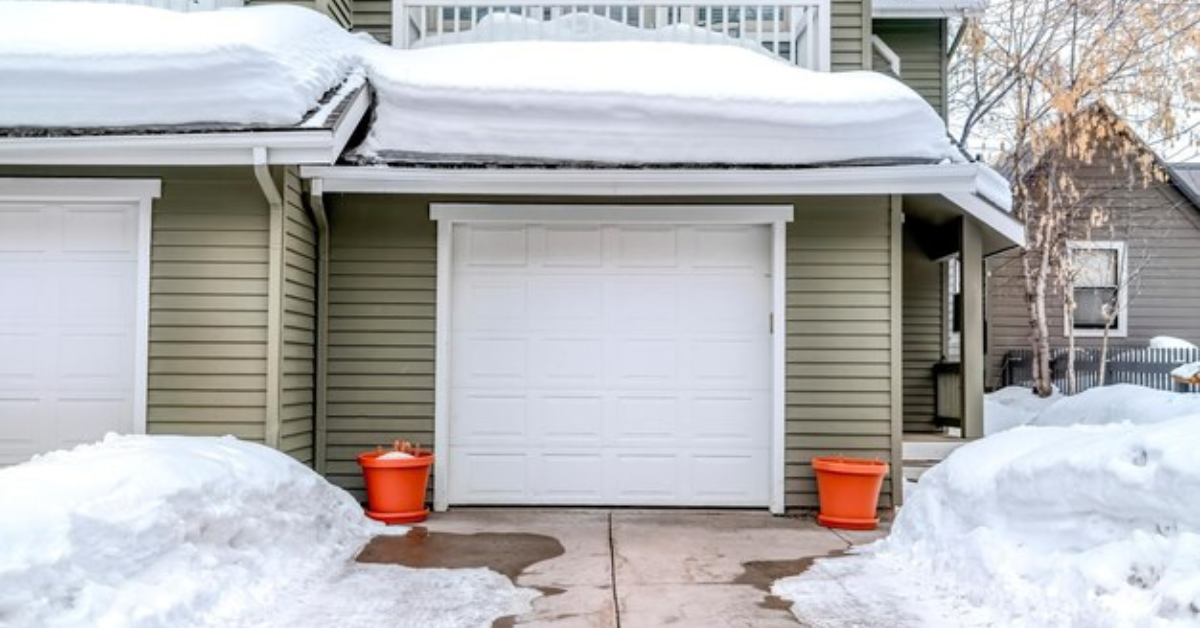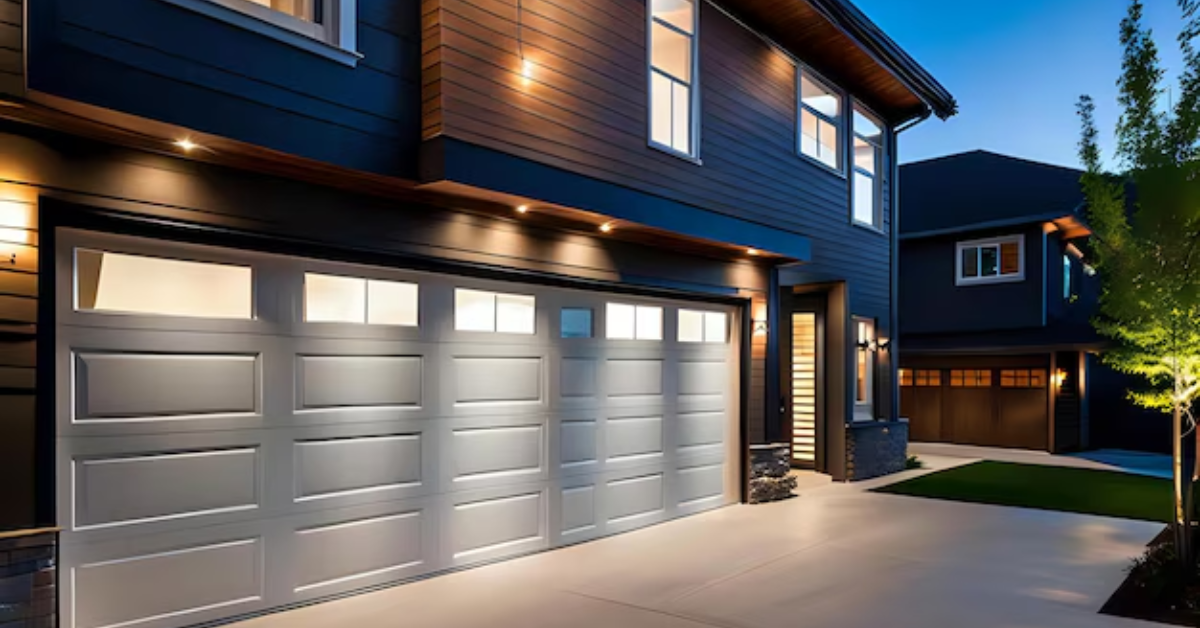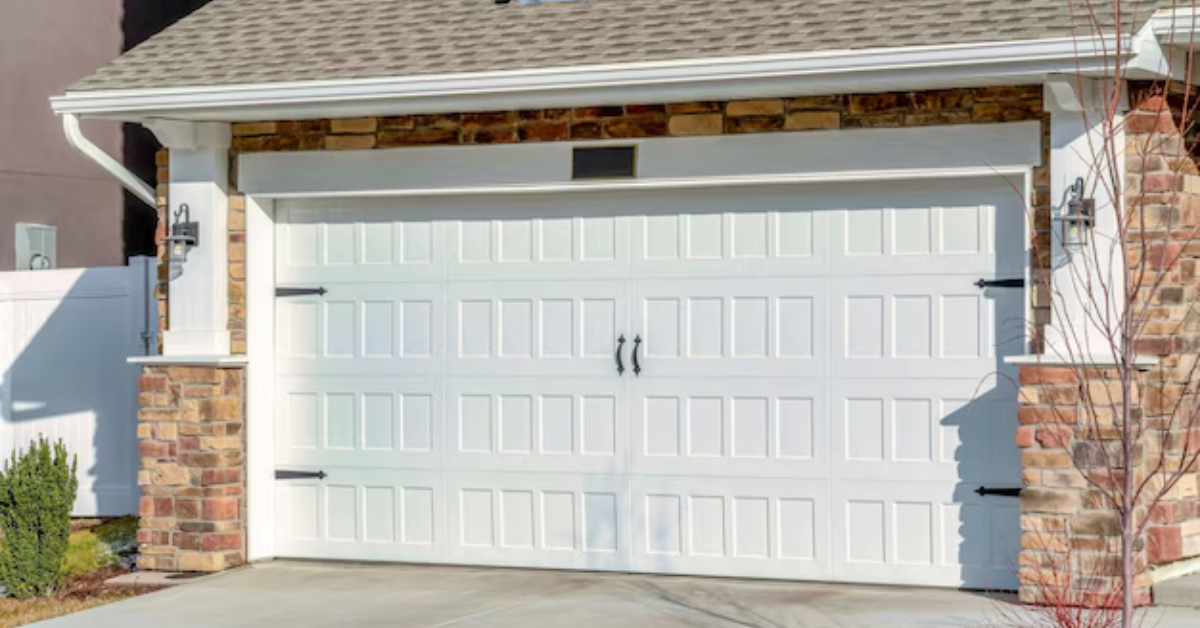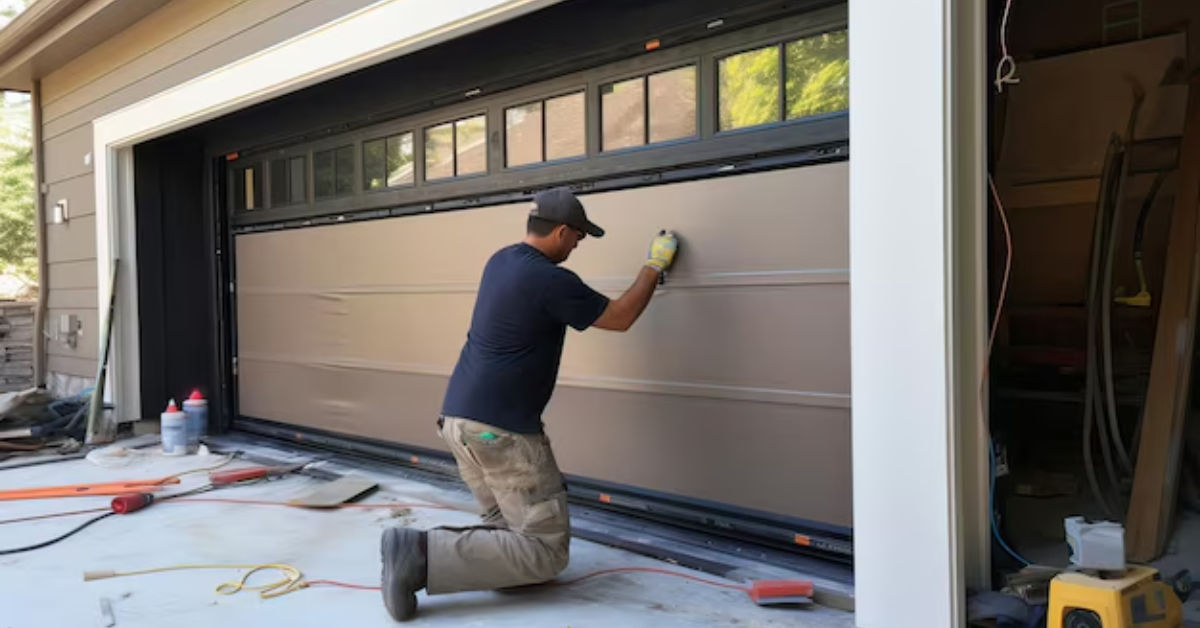How Do Weather Seals Enhance Energy Efficiency?
Weather seals might seem like a small detail in a home’s overall structure, but their role in enhancing energy efficiency is significant. These simple components, also known as weatherstripping or weather barriers, help seal gaps around doors, windows, and garage doors, preventing air leaks and maintaining indoor temperature. With energy costs on the rise and environmental concerns gaining momentum, understanding how weather seals contribute to energy savings has become essential for homeowners.
What Are Weather Seals?
Weather seals are flexible materials installed around openings in a building envelope—such as doors, windows, attic hatches, and garage doors. They are designed to close gaps that allow outside air to enter or conditioned air to escape. These seals can be made of rubber, foam, silicone, vinyl, or felt and are often used in conjunction with door sweeps, thresholds, and gaskets.
When installed properly, weather seals form an airtight barrier that acts as a first line of defense against the elements, including wind, rain, snow, dust, and most importantly, fluctuating temperatures.
The Role of Weather Seals in Energy Efficiency
1. Preventing Air Leakage
The most direct way weather seals improve energy efficiency is by preventing air leakage. Gaps and cracks around doors and windows allow outside air to seep into your home and indoor air—either heated or cooled—to leak out. This constant exchange forces your HVAC system to work harder to maintain the desired temperature, increasing your energy consumption and utility bills. By sealing these air leaks, weatherstripping helps keep warm air inside during winter and cool air during summer, reducing the load on your heating and cooling systems.
2. Reducing Energy Bills
Because weather seals minimize air infiltration, your heating and cooling systems do not have to run as frequently or as long. This directly leads to lower energy bills. According to the U.S. Department of Energy, proper sealing and insulation can save homeowners up to 20% on heating and cooling costs. That’s a substantial return on a relatively small investment.
3. Enhancing HVAC Efficiency
An HVAC system performs best when it doesn’t have to overcompensate for lost air. When your home is drafty, your system may cycle more frequently or operate at full capacity longer than necessary. This constant strain shortens the life of your HVAC system and increases maintenance needs. Weather seals help maintain a balanced and stable indoor environment, allowing your heating and cooling systems to operate more efficiently and last longer.
Additional Benefits Beyond Energy Efficiency
Moisture and Mold Control: Weather seals also act as a barrier against moisture intrusion. When moisture enters your home through gaps, it can lead to mold growth, which compromises air quality and can result in costly repairs. By keeping moisture out, weather seals support a healthier and more energy-efficient indoor environment.
Improved Comfort: Homes with poor sealing often experience uneven temperatures, drafts near doors and windows, and uncomfortable humidity levels. Weather seals help eliminate these problems, leading to consistent indoor comfort across all seasons.
Soundproofing and Dust Reduction: Although not their primary purpose, weather seals also help reduce external noise and limit the amount of dust and allergens that enter your home, contributing to a cleaner and quieter living space.
Where Should You Install Weather Seals?
To maximize energy efficiency, it's important to identify the most common leakage points in your home. Areas that typically benefit from weather sealing include:
- Exterior doors
- Garage doors
- Window frames
- Attic and basement access points
- Sliding glass doors
- Around air conditioning units installed in windows
Weather seals are also crucial in older homes, where construction standards may not include modern energy-saving features. A home energy audit can help identify areas where air leakage is occurring and where weather seals can be added or replaced.
Choosing the Right Type of Weather Seal
Different areas of your home may require different types of weather seals depending on the size of the gap, the movement of the door or window, and exposure to the elements. For instance:
- Rubber or silicone seals are great for areas exposed to moisture and temperature extremes.
- Foam tape is easy to install and works well around windows and non-moving parts.
- Vinyl gaskets offer durability and flexibility, ideal for garage doors.
- Door sweeps and thresholds are perfect for sealing the bottom edge of exterior doors.
Ensure that the weatherstripping material you choose is appropriate for the location, provides a snug fit, and can withstand the local climate.
Maintenance and Replacement
Even the best weather seals degrade over time due to wear and tear, temperature changes, and UV exposure. Regularly inspect your seals for cracks, hardening, or gaps. Replacing them when they show signs of wear is crucial to maintain energy efficiency. The good news is that weather seals are relatively inexpensive and easy to replace, making this a manageable DIY home improvement project.
Final Thoughts
Installing weather seals is one of the easiest and most cost-effective ways to improve your home’s energy efficiency. By creating a tight barrier around doors and windows, weather seals reduce air leakage, enhance indoor comfort, lower utility bills, and support the optimal performance of HVAC systems. Whether you're looking to reduce your carbon footprint, save money, or simply make your home more comfortable year-round, investing in quality weather seals is a smart step in the right direction.
For maximum results, pair weather sealing with other energy-saving practices like insulation upgrades, energy-efficient windows, and routine HVAC maintenance. A well-sealed home not only saves energy but also adds to your overall quality of life—quiet, clean, and climate-controlled.




